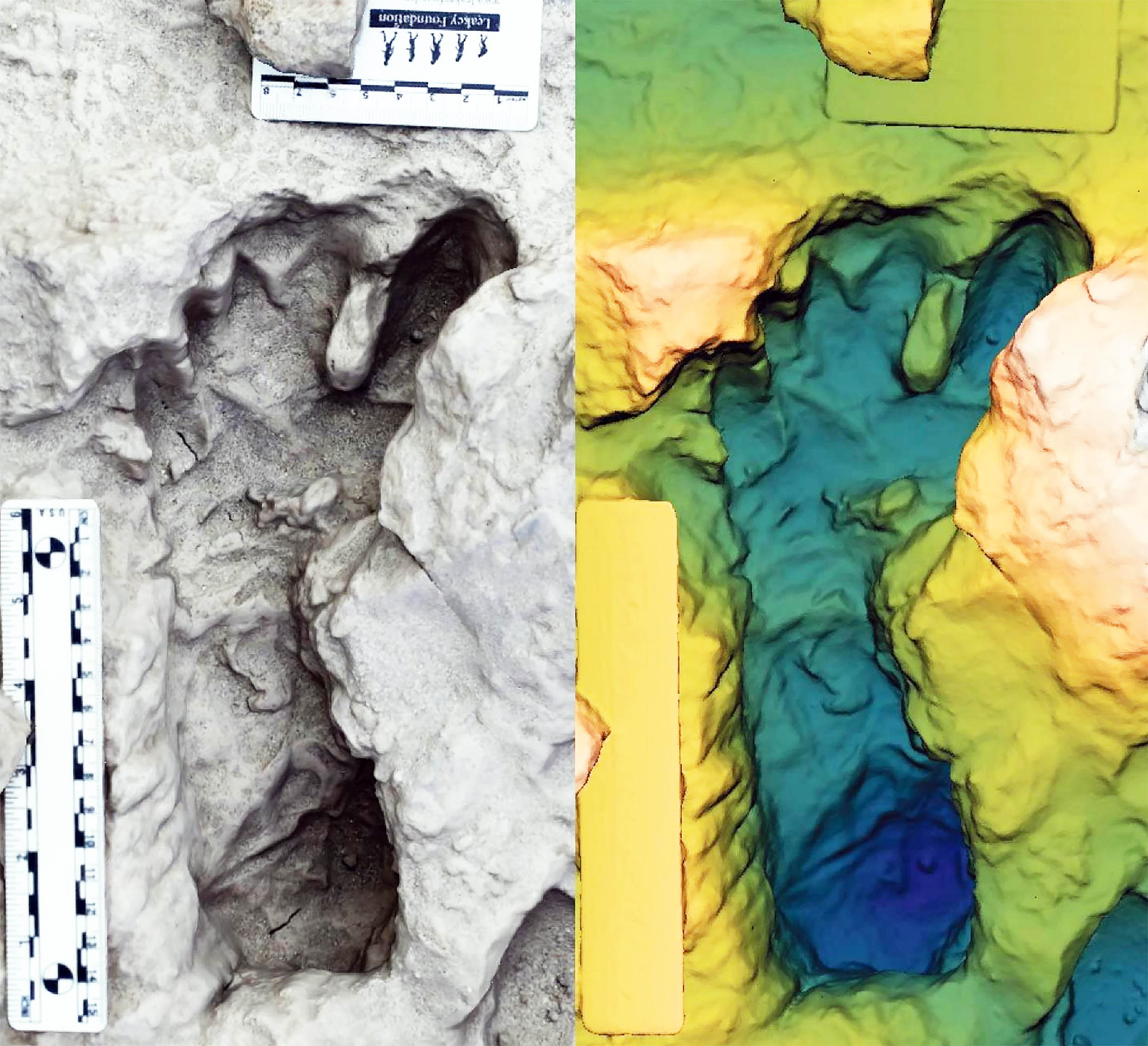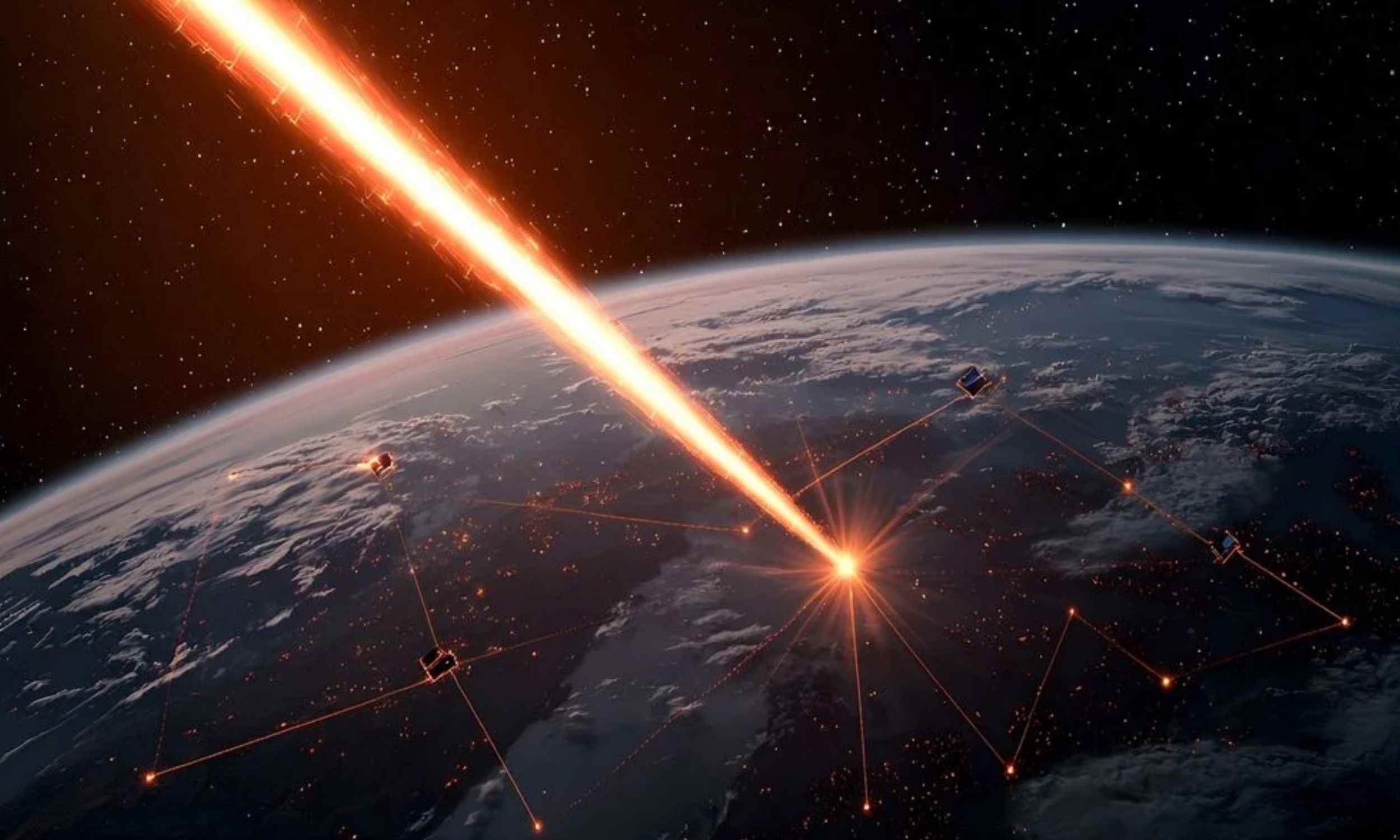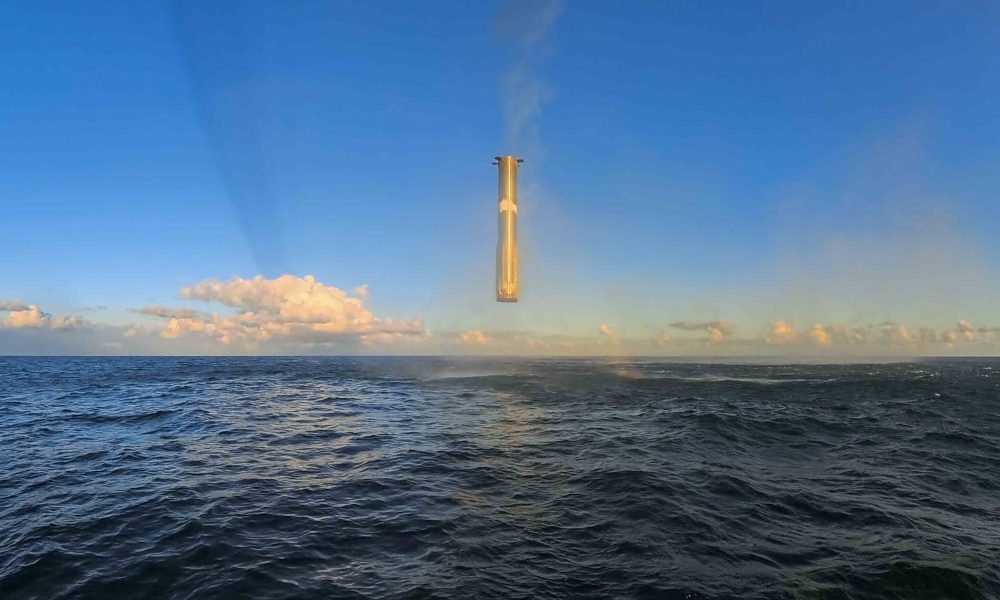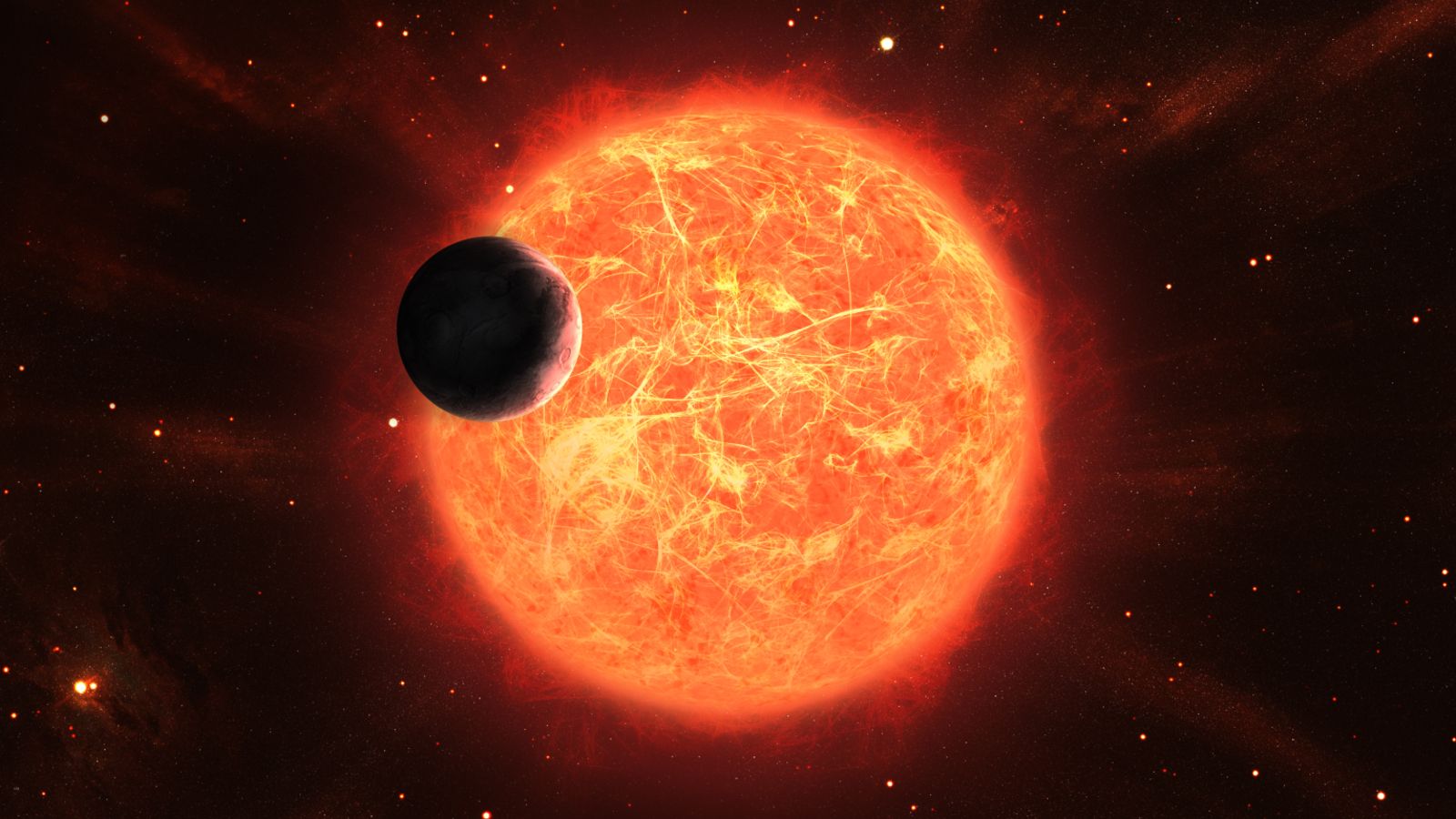Northern Lights Could Dazzle 15 States This Week: Are You Ready?

Imagine standing outside, gazing up at the night sky, where vibrant hues of green and purple dance overhead—this might just become a reality for millions in the U.S.! The stunning display of the Aurora Borealis, typically a spectacle reserved for the chill of northern winter nights, is expected to light up the skies over 15 states this Thursday. Yes, you read that right!
On October 16, scientists confirmed that a geomagnetic storm, rated as G2 (Moderate), will create a rare opportunity for many to witness this breathtaking phenomenon. This isn’t your average weather report; the National Oceanic and Atmospheric Administration (NOAA) issued a geomagnetic storm watch, signaling that conditions are ripe for an extraordinary light show.
The magic begins with Coronal Mass Ejections (CMEs) from the sun that occurred between October 11-13, sending waves of solar particles toward Earth. When these particles collide with our atmosphere, they produce the spectacular auroras. Typically, we'd expect to see these lights only way up north, but the solar activity has been reshaping the Earth's magnetosphere, allowing the lights to be visible much farther south than usual.
With the Kp index reaching five, the auroras are set to be brighter and more active than we might normally see in mid-October. NOAA forecasts that states stretching from Alaska all the way to Iowa could be treated to this celestial wonder. The best time to catch this mesmerizing show is from Thursday night into Friday morning, so mark your calendars!
As the excitement builds, make sure you have your cameras ready. This could be the cosmological event we didn’t know we needed, turning an ordinary week into an extraordinary memory. So, if you’ve ever wanted to see the Northern Lights, this is your chance. The universe is calling, and it’s time to answer!

















